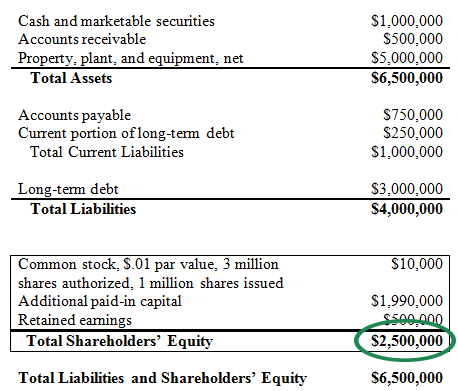A consumer visits the biller's site. After customer authentication (user name and password), the biller's Web server presents the billing information. The consumer evaluates the costs. When the customer schedules a payment, your website gathers the payment info, and using Payflow, safely sends it to Pay, Pal for processing on the date specified by the client. Pay, Pal prepares the ACH payment details and provides it for ACH submission to the coming from depository financial organization (ODFI) by electronic transmission over a safe and secure connection. The ACH payments are sent to the ODFI on the customer-specified payment date. The ODFI processes the ACH payment information and digitally delivers the information to the ACH network operator (Federal Reserve).

The Federal Reserve credits the ODFI's bank account on settlement day for the value of all ACH debits transferred, and debits the RDFI's bank account for the worth of ACH items received. Pay, Pal then starts a secondary deal to move the money into your (biller's) bank account. timeshare company ratings The customer's regular bank declarations show ACH payments (Which of the following approaches is most suitable for auditing the finance and investment cycle?). Merchants are notified of ACH payments on their bank statements. Merchants utilize Pay, Friend Manager to see status and reports on previously sent payments. If a consumer debit leads to a return for insufficient funds, closed savings account, or other mistake condition, then Pay, Friend debits your checking account for the quantity of the return.
Prior to submitting an ACH payment, you should initially acquire authorization from the consumer to debit their savings account for the quantity due. For detailed info, describe Summary of Authorization Requirements. Unlike the credit card network, the ACH network is unable to provide actual time permission of funds. The Payflow ACH Payment service for that reason responds initially to an ACH payment by examining the format and other particular ACH information and returning an approved result. The status of a payment changes throughout the lifecycle of the payment and takes place when Pay, Buddy settles the payment with the ODFI and once again if either a Return or a Notice of Change is received.
Payment submitted Thursday after 7 PM are not sent for settlement until Sunday at 7 PM. If Monday is a banking vacation, then payments are sent out for settlement on Monday at 7 PM. If a payment is not successful (for reasons such as a bad savings account number, insufficient funds, a conflict, and so on), Pay, Pal gets a return from the ACH network - normally within 2-4 organization days of payment submission - What happened to yahoo finance portfolios. For Business-to-Business deals, a business has 2 days to challenge a charge. For Business-to-Consumer, the consumer can dispute a charge up to 60 days after the payment was processed.
Electronic payments or ACH are a basic method to move and receive funds. You likely use ACH transfers everyday and do not understand it. ACH transactions streamlined our lives, making moving funds safer, much faster, and much easier. But what does ACH represent? In this short article, we cover what ACH stands for, how it's used, and examples of ACH deals so you can understand the process of earning money or paying expenses electronically. ACH is the electronic processing of monetary deals. You've likely utilized it numerous times in your life. For example, if you've gotten payment through Direct Deposit or you have actually permitted a financial institution to debit your account for your month-to-month payment automatically, you've used ACH.
Conversations between a group of California lenders and the American Bank Association began at this time when both entities recognized the existing system (paper https://www.openlearning.com/u/carrera-qfj0t7/blog/TheWhatDoesEarStandForInFinanceStatements/ checks) wasn't possible long term. They understood it would overload the system and hold-up payment processing. By wesley usa 1972, ACH was formed in California. In just a couple of short years, more local operations popped up, which prompted the formation of NACHA. This company supervises ACH however does not operate it - that depends on the Federal Reserve and The Cleaning Home (Trade credit may be used to finance a major part of a firm's working capital when). Quickly after the formation, Direct Deposit started. The U.S Air Force and the Social Security Administration were the very first two entities to use it.